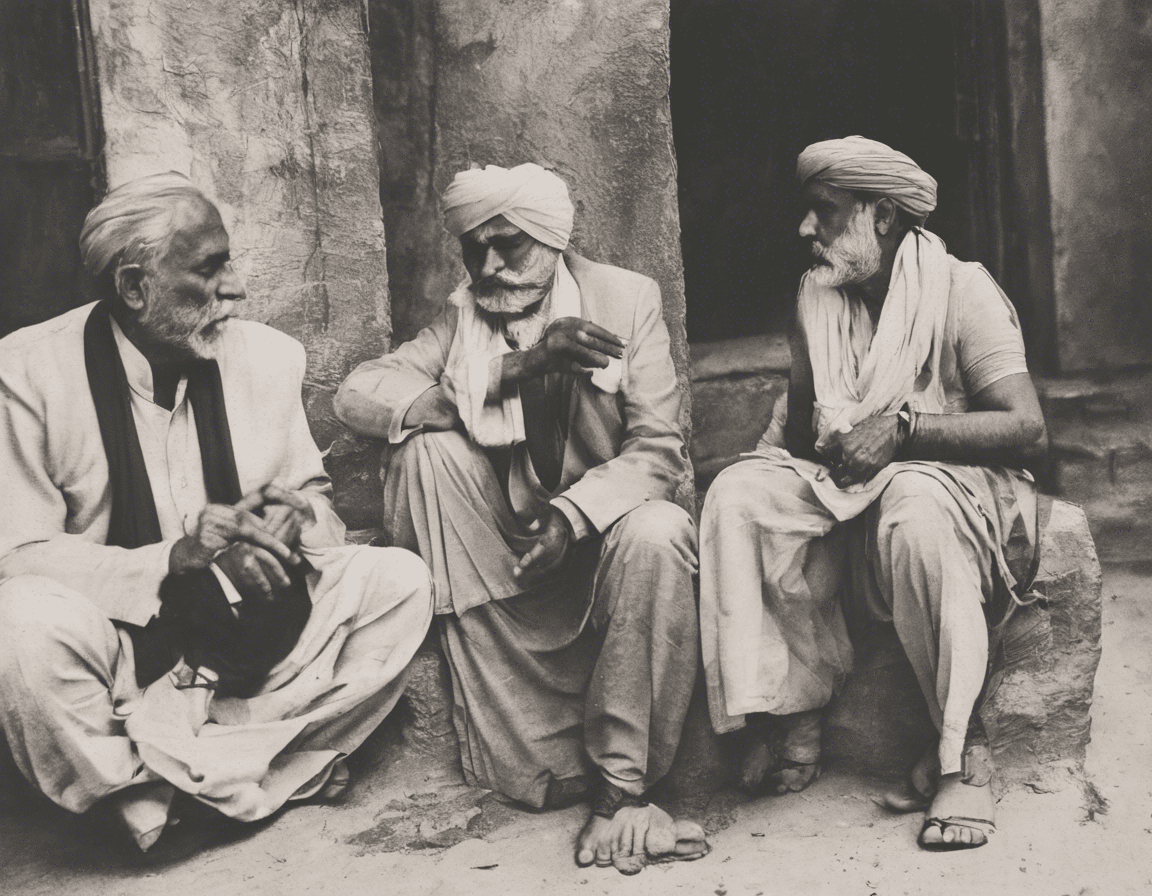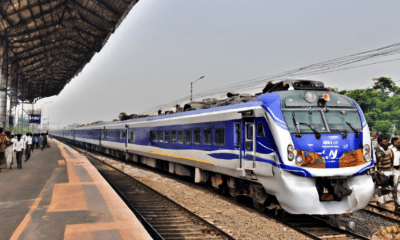blog
Districts in Uttar Pradesh: Count and Overview

Districts in Uttar Pradesh: Count and Overview
Uttar Pradesh, located in northern India, is the most populous state in the country and plays a significant role in both historical and modern India. The state is divided into 75 districts for effective administration and governance. Each district is further subdivided into tehsils or talukas, making them the grassroots administrative structures in the state. This article will provide an in-depth overview of the districts in Uttar Pradesh, focusing on their significance, historical background, demographics, and administrative structure.
Historical Overview
Uttar Pradesh, often referred to as the “heartland of India,” has a rich historical heritage. It has been the cradle of several ancient civilizations, including the Indus Valley Civilization and the Vedic period. The region has seen the rise and fall of powerful empires, such as the Mauryas, Guptas, Mughals, and British. After independence, Uttar Pradesh was one of the first states to be formed under the Indian Constitution in 1950. Over the years, the state has been divided into smaller administrative units to enhance governance and development, leading to the current arrangement of 75 districts.
Administrative Structure
The administrative structure in Uttar Pradesh is hierarchical, with the district administration at the forefront of governance. Each district is headed by a District Magistrate (DM), who is responsible for maintaining law and order, implementing government policies, and overseeing the overall development of the district. The DM is supported by various officials from different departments, such as the police, revenue, health, education, and agriculture, among others. This collaborative approach ensures efficient delivery of public services and timely implementation of welfare schemes.
Significance of Districts
The districts in Uttar Pradesh play a crucial role in the state’s governance and development. They serve as the focal point for local administration, acting as a bridge between the state government and the grassroots level. The district level officers are responsible for addressing the needs and concerns of the local population, implementing government initiatives, and resolving any administrative issues that may arise. Districts also serve as centers for economic activities, education, healthcare, and cultural exchange, making them pivotal in shaping the overall progress of the state.
Demographics and Diversity
Uttar Pradesh is known for its diverse demographic profile. With a population of over 200 million people, the state is a melting pot of different cultures, languages, and traditions. The districts reflect this diversity, with each region having its unique identity and characteristics. From the urban hustle of districts like Lucknow and Kanpur to the rural landscapes of districts like Bahraich and Basti, Uttar Pradesh offers a tapestry of experiences that define its cultural richness. The linguistic diversity is also noteworthy, with Hindi being the official language, but several other regional languages like Bhojpuri, Awadhi, Braj, and Urdu are prevalent in different districts.
Key Districts
While all 75 districts in Uttar Pradesh are important in their way, some districts stand out due to their historical, cultural, or economic significance. Here are a few key districts worth mentioning:
-
Lucknow: The capital city of Uttar Pradesh, known for its historical monuments, vibrant culture, and as a center of political power.
-
Varanasi: A sacred city on the banks of the River Ganges, renowned for its religious significance, cultural heritage, and traditional handicrafts.
-
Agra: Home to the iconic Taj Mahal, Agra attracts millions of tourists every year and is a symbol of India’s rich architectural heritage.
-
Kanpur: An industrial hub famous for its leather and textile industries, Kanpur is a major economic center in the state.
-
Allahabad/Prayagraj: Known for the Kumbh Mela and the confluence of the rivers Ganges, Yamuna, and Saraswati, Allahabad holds immense religious importance.
Challenges and Development Initiatives
Like any populous and diverse state, Uttar Pradesh faces several challenges in terms of infrastructure development, healthcare facilities, education system, law enforcement, and socio-economic disparities. The state government has launched various initiatives and schemes to address these challenges and promote inclusive growth across districts. Programs like Pradhan Mantri Awas Yojana, Swachh Bharat Mission, Skill India Mission, and Beti Bachao, Beti Padhao have been implemented to improve living standards, sanitation, skill development, and gender equality in the state.
Conclusion
The districts in Uttar Pradesh are the building blocks of governance and progress in the state. With a blend of history, culture, diversity, and development initiatives, each district contributes to the overall tapestry of Uttar Pradesh. By focusing on effective administration, infrastructural development, and inclusive policies, the state can further harness the potential of its districts and empower its citizens for a brighter future.
Frequently Asked Questions (FAQs)
- How many districts are there in Uttar Pradesh?
Uttar Pradesh has a total of 75 districts as of the current administrative setup.
- Which is the largest district in Uttar Pradesh by area?
Lakhimpur Kheri is the largest district in Uttar Pradesh in terms of area.
- Which district is considered the cultural capital of the state?
Varanasi, with its rich cultural heritage and spiritual significance, is often referred to as the cultural capital of Uttar Pradesh.
- What is the role of a District Magistrate in Uttar Pradesh?
The District Magistrate is the senior-most executive officer in a district and is responsible for administration, law and order, and overall development.
- Which district is known as the “City of Nawabs”?
Lucknow is often referred to as the “City of Nawabs” due to its royal heritage and cultural legacy.
- What are some popular tourist destinations in Uttar Pradesh?
Apart from Agra and Varanasi, popular tourist destinations in Uttar Pradesh include Ayodhya, Mathura, Vrindavan, and Kushinagar.
- How does the state government support development in rural districts?
The state government provides various financial aid, infrastructure projects, and healthcare/education schemes to promote development in rural districts and improve the quality of life for residents.
- What are some key industries in Uttar Pradesh’s districts?
Uttar Pradesh is known for its textile, leather, agriculture, and manufacturing industries that are prevalent in districts like Kanpur, Agra, and Meerut.
- Are there opportunities for investment and business development in Uttar Pradesh’s districts?
Yes, Uttar Pradesh offers vast opportunities for investment in sectors like infrastructure, renewable energy, tourism, and healthcare, with the government providing incentives to promote business growth.
-
How are district boundaries determined in Uttar Pradesh?
District boundaries in Uttar Pradesh are based on factors like administrative convenience, population density, geographical features, and cultural coherence, ensuring effective governance and decentralization of power.









